gpu
Latest
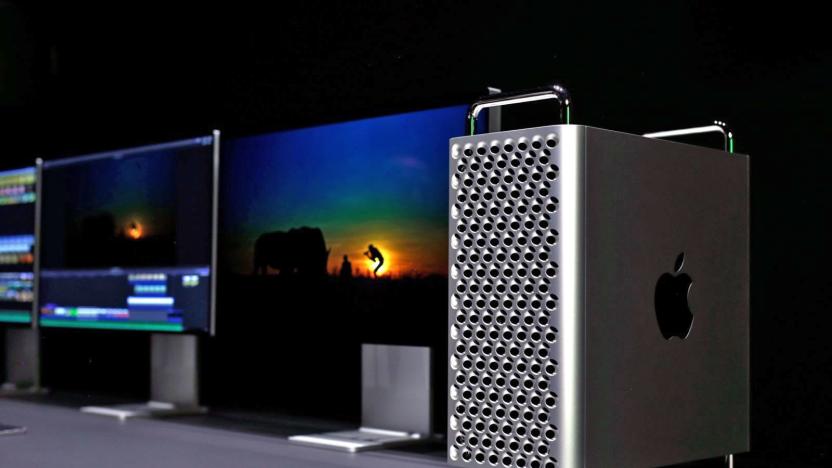
Apple's revamped Mac Pro uses new Radeon Pro Vega II GPUs
Apple's revamped Mac Pro isn't just a showcase for the company's industrial design chops -- it also marks the introduction of new AMD graphics technology. The new system will use the Radeon Pro Vega II, a GPU that's built on the 7-nanometer architecture of the Radeon VII (sorry, no Navi yet) with a workstation focus. The base processing power isn't that much different with up to 14 TFLOPS of single-precision computing power, but the memory is another matter. The Pro Vega II touts a whopping 32GB of high-bandwidth HBM2 RAM to handle demanding tasks like 8K video editing or running two 6K displays.
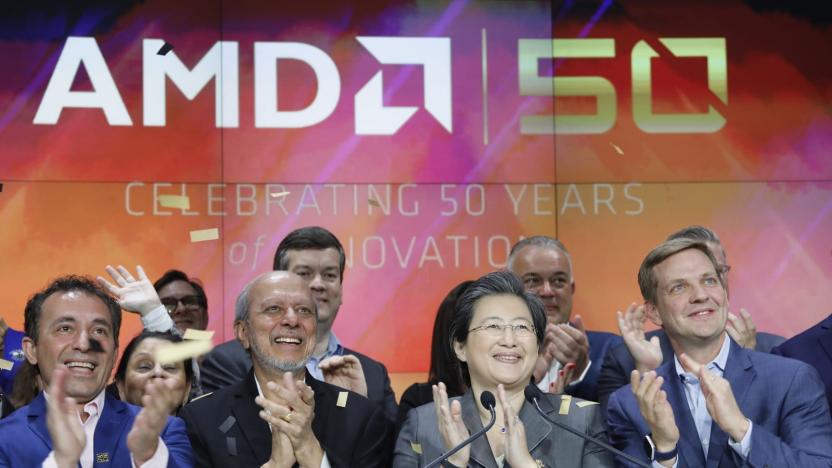
AMD will share its graphics technology with Samsung
AMD stole the spotlight at Computex 2019, where it shared details on its third generation Ryzen CPUs and first Navi GPUs. But that's not the only big news AMD has in store. Today, the company announced a multi-year partnership with Samsung, in which AMD will license its Radeon graphics IP for use in Samsung smartphones and other mobile applications.

NVIDIA certifies another 16 gaming monitors as 'G-Sync Compatible'
Earlier this year, NVIDIA began testing a wide range of gaming monitors to determine which play nicely with its GeForce GPU. Initially, the company tested 400 monitors and said only 12 met its standards. Now, NVIDIA has expanded its list of "G-Sync Compatible" monitors to 28. But, the company tested 503 variable refresh rate (VRR) monitors, meaning the vast majority (94.4 percent) failed.

ARM's latest chip designs promise 60 percent faster AI on phones
ARM isn't boasting about PC-crushing performance like it did in 2018, but it still has plenty of swagger going into Computex 2019. The designer has unveiled two new chip architectures that promise giant strides in performance, especially for AI. The Mali-G77 GPU touts 40 percent faster overall graphics than the G76, and a whopping 60 percent increase in machine learning speed. Your phone could handle computer vision, device optimization and similar tasks far more gracefully. The G77 might also avoid killing your battery when it's 30 percent more energy-efficient and uses 40 percent less bandwidth.
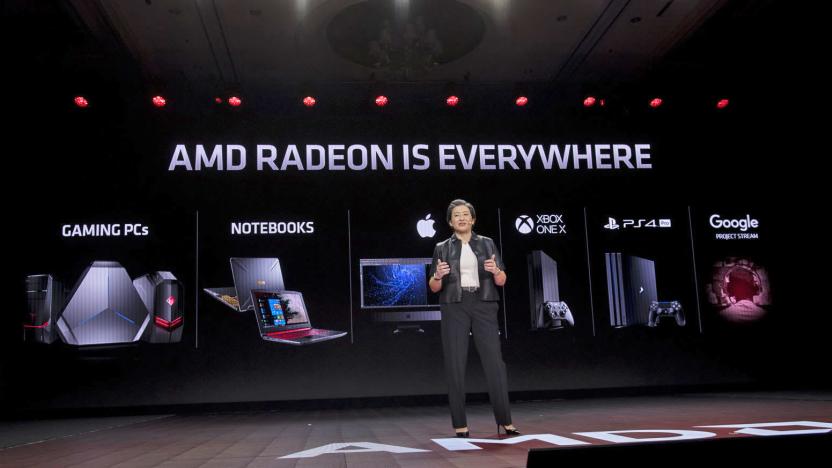
AMD partner leaks two mid-range Navi GPUs
AMD is set to announce more GPUs based on its 7-nanometer Navi tech, according to a leak from Sapphire, one of its largest graphics card partners. At Computex, CEO Lisa Su will reportedly unveil the Navi XT that can best the NVIDIA RTX 2070 for $499. AMD will also launch the Navi Pro, with performance between the RTX 2060 and RTX 2070 for $399. The Radeon VII, meanwhile, will remain AMD's flagship GPU.
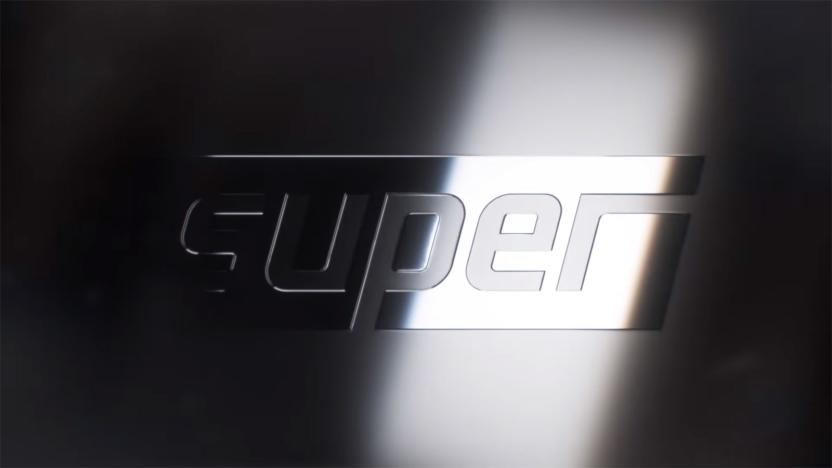
NVIDIA teases something 'super'
NVIDIA's Computex press event will likely represent big news for PC gamers. The GPU maker has posted a teaser on its GeForce YouTube channel hinting that "something super is coming." The brief clip only shows an embossed metal "super" logo, but that's enough to suggest that it could represent one or more souped-up graphics cards. If so, there might already be an inkling of what to expect.
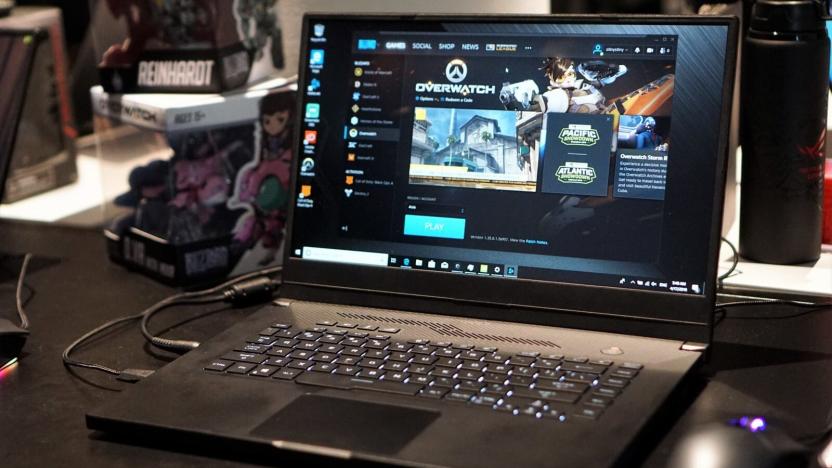
These gaming laptops pack the latest Intel and NVIDIA hardware
If you prefer your PC gaming in portable form, you're enjoying an embarrassment of riches right now. Intel has unveiled gaming-friendly 9th-generation Core laptop processors, while NVIDIA has unveiled GTX 16-series mobile GPUs that promise solid performance without giant budgets (or giant coolers). That also means a lot of PC makers introducing systems, though, and that's a lot to wade through if you're in the market. Don't worry -- we've rounded up some of the bigger introductions to help you keep track of what's new.
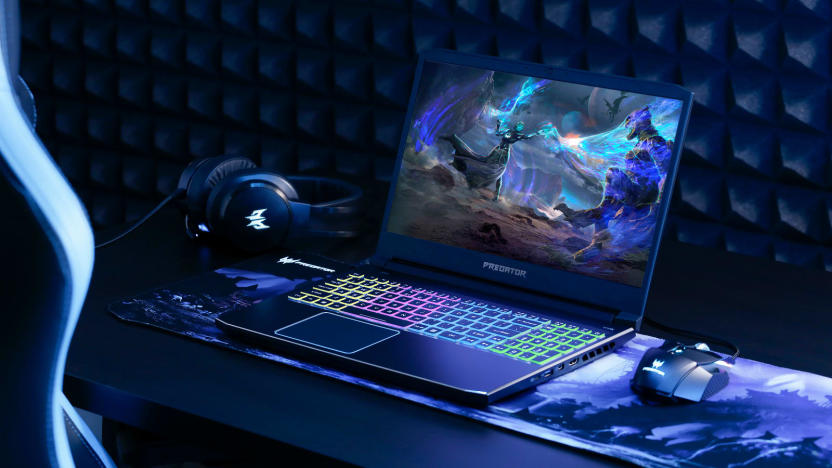
Acer updates select laptops with the latest from Intel and NVIDIA
This morning, Intel debuted its 9th-generation mobile core processor, the i9-9980HK, and revealed a slew of other 9th-gen chips. In the hours following, a wave of gaming laptop makers announced that they're adding the new chips and the latest NVIDIA graphic cards to their machines. Now, you can add Acer to the list of companies offering laptops with the latest internals.
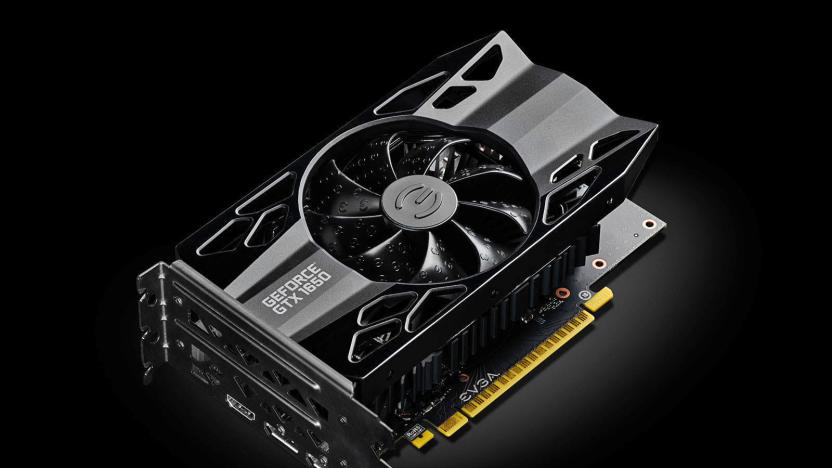
NVIDIA's GTX 1650 GPU delivers modern gaming for $149
NVIDIA's cutting-edge Turing architecture has been gradually making way to more affordable graphics cards, and now it's finally reaching the entry level. The company has introduce the GeForce GTX 1650, a starter GPU that aims to provide the perks of modern games (such as complex shader effects) at an easier-to-swallow starting price of $149. It's a significant step down from the GTX 1660, but NVIDIA is betting that you won't mind in light of improvements over predecessors.
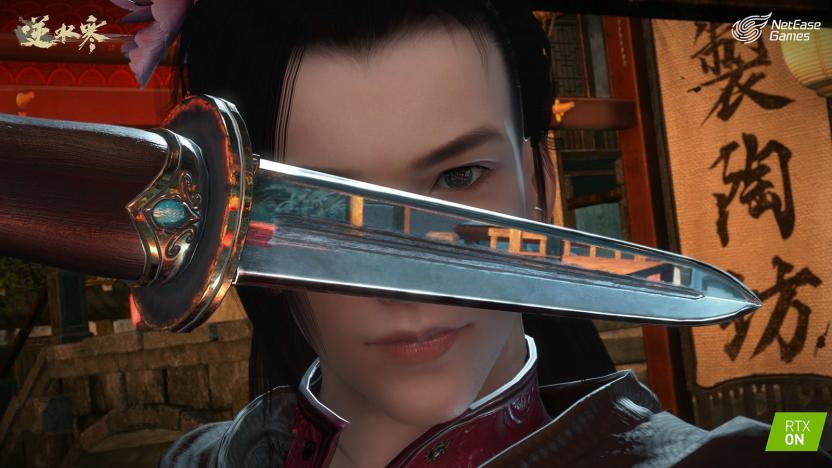
NVIDIA shows how much ray-tracing sucks on older GPUs
NVIDIA recently announced that ray-tracing is coming to older Pascal GPUs, and now it has detailed how well -- or not well, rather -- it will actually work. If you're happy with basic effects, the news isn't too bad. The RTX 2080 Ti will outperform its 1080 Ti counterpart by just over double for reflections, in line with what you'd expect for a next-gen card. However, for stuff that really adds realism, like advanced shadows, global illumination and ambient occlusion, the RTX 2080 Ti outperforms the 1080 Ti by up to a factor of six.

NVIDIA's GTX 1660 lowers the high-performance gaming price barrier
NVIDIA has unveiled its cheapest Turing-based card yet, the $219 GeForce GTX 1660. Much like the $279 GTX 1660 Ti, it offers Turing performance that bests the GTX 1060 by around 15-30 percent. At the same time, it lacks the RT (ray tracing) and Tensor cores on NVIDIA's RTX series cards, making it about a third cheaper than its RT doppleganger, the $349 RTX 2060.
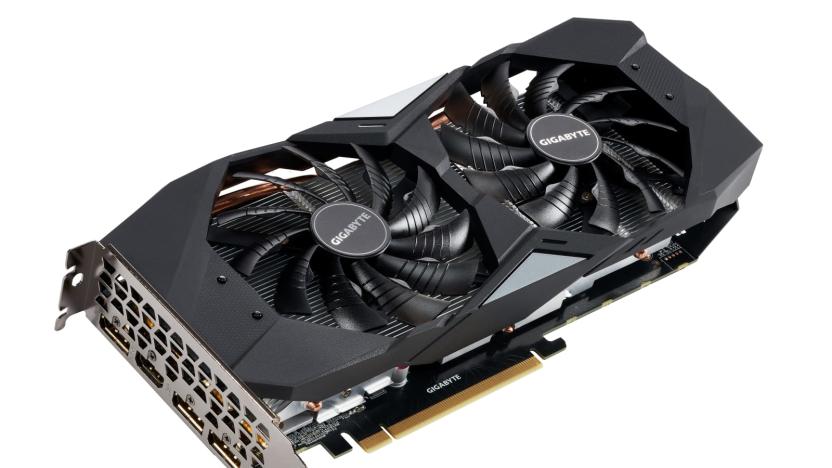
NVIDIA's GTX 1660 Ti offers gaming power without ray-tracing for $279
NVIDIA has officially unveiled the much-leaked GTX 1660 Ti. It's a next-gen Turing card that lacks the RTX-series' ray tracing, but costs less and boosts performance over the last-generation GTX 1060. The new cards come with 6GB of GDDR6 RAM running at 12Gbps, 1,536 CUDA cores and a 1.8GHz boost clock speed that allows further overclocking. It'll deliver 1.5 times the performance of the GTX 1060 6GB card, with 1.4 times the power efficiency -- fast enough to power games like Fortnite, PUBG and Apex Legends at 120 fps/1080p.

AMD Radeon VII review: Is 4K gaming enough?
When AMD announced it was developing new GPUs for data centers in mid-2018, it was clear they weren't intended for gaming. AMD was in a tough spot: NVIDIA was gearing up to release its RTX cards with ray-tracing and AI-powered tech that AMD couldn't compete with. The feeling was that AMD had decided to cede the high-end to NVIDIA and focus on the mid-range (where most sales are). A new high-end gaming card wasn't expected for another year at least. These data-center cards, the Instinct MI60 and MI50, took AMD's previous flagship gaming chip (named Vega 10) and shrunk the transistors from 14nm to a 7nm process. A small manufacturing process makes smaller transistors that can run faster or use less power for the same speed. When the Instinct cards were announced in November, they were a refined version of last years' gaming cards, with enterprise features like error correction and support for super-high-precision math. Take those features away from an Instinct MI50 and you have something that looks very similar to the Radeon VII.
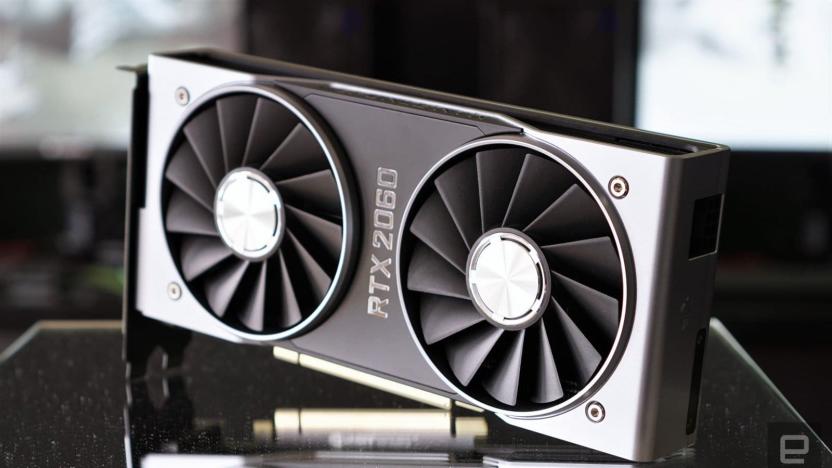
NVIDIA is the latest tech giant blaming China's economy for poor sales
Add NVIDIA to the list of companies pinning at least some of their problems on China's struggling economy. The graphics chip maker has warned that its fourth quarter results will fall short of expectations due partly to "deterorating macroeconomic conditions," especially in China. People were more hesitant to buy graphics cards, NVIDIA said. It added that sales of "certain" high-end Turing-based GPUs (read: the RTX series) fell short of expectations because people were both waiting for price drops and games that made better use of RTX features like raytracing.

AMD is edging closer to breaking NVIDIA's graphic dominance
After AMD released its seven-nanometer Radeon VII graphics card with impressive-looking performance, NVIDIA CEO Jensen Huang responded by essentially trashing it. "The performance is lousy and there's nothing new," he told PC World. "No ray tracing, no AI. It's 7nm with HBM memory that barely keeps up with an [NVIDIA RTX] 2080." NVIDIA's CEO doth protest too much, perhaps, but he's right to be worried. According to a CES performance tease, the Radeon VII actually beat the RTX 2080 in several video-editing and 3D-animation tasks. It also bested the RTX 2080 when playing Strange Brigade and other titles, especially at 4K resolution. While NVIDIA just adopted 12-nanometer tech for the RTX series, AMD has moved on to seven-nanometer designs for the Radeon VII. Rather than criticizing its rival's performance, NVIDIA notably attacked AMD's lack of (NVIDIA-exclusive) features like ray tracing, G-SYNC and AI-powered DLSS anti-aliasing. However, that has yet to prove useful for gamers and doesn't help content creators at all. If ray tracing doesn't pan out and AMD keeps pushing the chip-design envelope, the next couple of years could get rough for NVIDIA.

NVIDIA certifies a dozen FreeSync monitors as 'G-SYNC compatible'
Monitor manufacturers must usually decide whether to use NVIDIA's G-SYNC and AMD's FreeSync, a crucial choice that can divide consumers into camps and drastically affect sales. Now, NVIDIA has brought G-SYNC compatibility certification to a number of monitors from Acer, Agon, Asus and Benq that were previously only FreeSync certified. The goal is evidently to expand its display ecosystem, but it will be a big benefit to the owners of those monitors, too.

Anyone can use NVIDIA's physics simulation engine
NVIDIA isn't just showing off its Titan RTX GPU and some clever AI demos -- it also has big news for anyone interested in more realistic computer physics. The company is releasing its hardware-accelerated PhysX simulation engine as an open source project, making it accessible to virtually everyone. It's a recognition that the technology is useful for more than just convincing game physics, NVIDIA said. PhysX can help with more accurate AI and robotics simulations, including self-driving car technology. You could see vehicles and bots that are better-prepared for real-world conditions.

NVIDIA officially unveils its flagship Titan RTX GPU
Shortly after teasing it, NVIDIA has officially unveiled the its top-end GPU, the Titan RTX. As expected, it has 72 Turing RT and 4,608 CUDA cores, up from 68 and 4,352, respectively, over the RTX 2080 Ti. However, this isn't so much a consumer card (unlike last year's Titan XP), but more in the family of the Titan V compute GPU. As such, it comes with a whopping 24GB of GDDR6 VRAM and packs a $2,500 price tag, both more than double that of the RTX 2080 Ti.
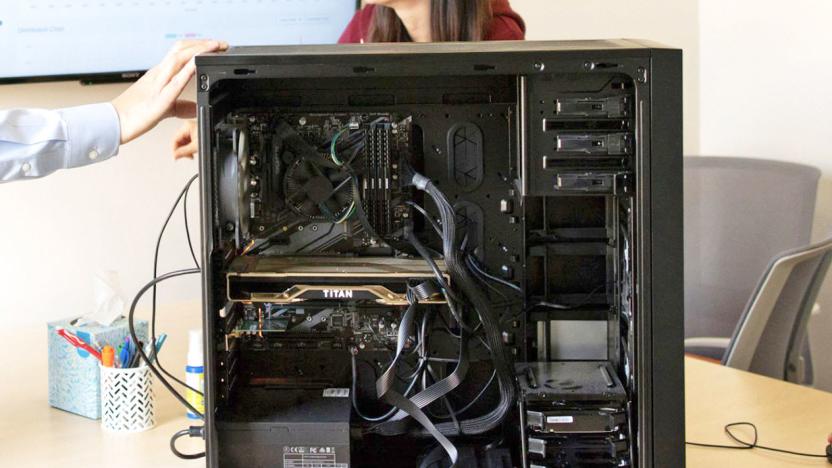
NVIDIA teases the Titan RTX, its upcoming flagship GPU
A bunch of social media personalities have teased the Titan RTX, NVIDIA's next flagship GPU, in what looks like a coordinated campaign. Google Brain co-founder Andrew Ng showed off the card on Twitter in an otherwise vanilla recruiting photo, "slow mo guy" Gavin Free teased a shot of it on Instagram with his cat, and Linus from Linus Tech Tips "accidentally" pulled the card out twice on his YouTube show.
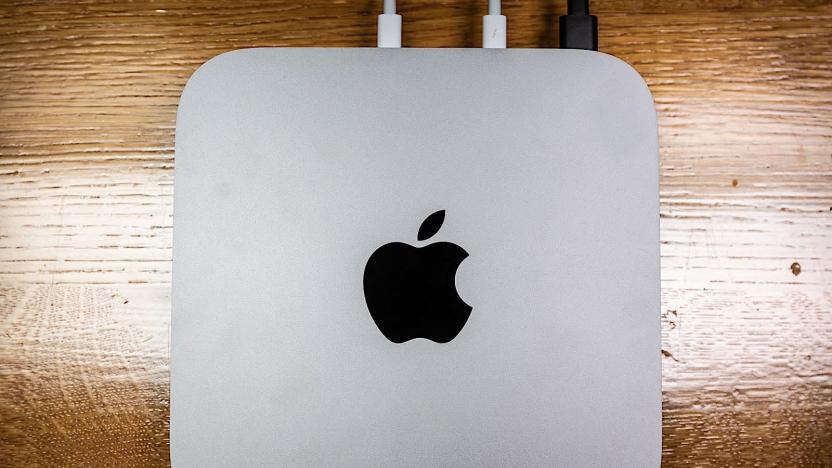
Apple Mac Mini review (2018): A video editor’s perspective
The Mac Mini has had a rough few years. Its last update, in 2014, was disappointing. After offering quad-core CPUs on the 2011 and 2012 editions, the 2014 model was stuck with a dual-core CPU. This meant it was actually slower at some tasks than the computer it was supposed to replace. Add in the fact that aside from storage it was not upgradable, and you had a computer that left a lot of users unhappy. Amazingly, until last month the 2014 Mini was still available on Apple's web store for $500. The lack of updates over the past four years left a lot of us wondering if we'd ever see a new model. Fortunately, Apple has rectified the situation with the 2018 Mini. This new model retains the unibody design that we loved on the 2014 edition but sports a sleek space-gray color -- a first for the Mini line. (It's also now made entirely from recycled aluminum, as is the new MacBook Air.) With vastly improved components, the Mini is now a viable competitor in the compact-desktop market. And it does have competition. In the past four years, micro PCs have vastly improved, and most of the major manufacturers now offer a tiny Windows machine. Still, I was impressed with the Mini's performance, and it's the cheapest way to get a macOS machine. Despite this, the 2018 Mini has a few flaws that will probably keep it from being the best choice for most people.


